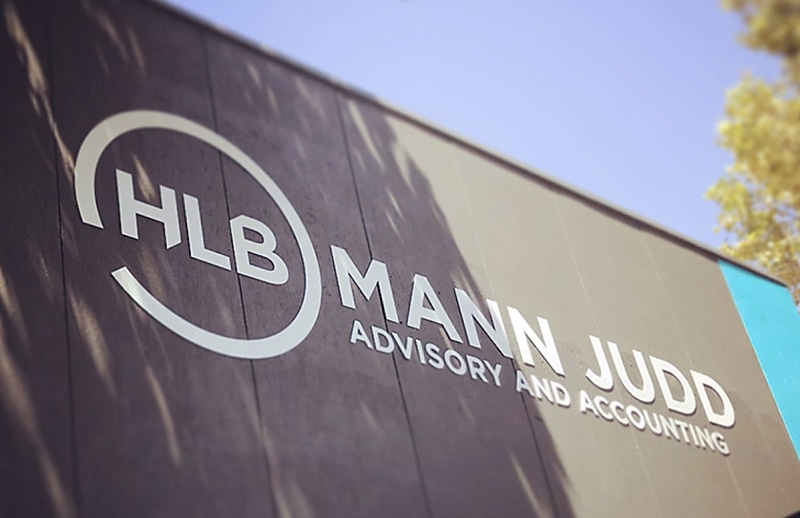You’re out of free articles for this month
Jude Lau, HLB Mann Judd partner, said the HLB Survey of Business Leaders 2025 report showed that 79 per cent of respondents said they were working to build a “fit for future” operating model to gain extra operating speeds, cost efficiencies and market resilience.
“It is no secret that being geared for survival and success requires business owners to think and plan beyond the ‘now.’ For instance, they should be thinking at least 12 to 18 months ahead,” he said.
“As part of this, it is imperative that they embrace a holistic approach to planning, monitoring and managing their businesses to ensure they are future-proof.”
The first ‘S’ recommended by the firm was safety, in the sense that a business had evolved and was now a big business.
Lau said it was imperative that safety remained front of mind for business owners and senior management, as the holistic safety and wellbeing of its people and clients was paramount, and carried civil and criminal sanctions in the event of severe non-compliance.
Businesses were recommended to ensure they had appropriate frameworks, applications, policies and processes, such as a safety-first culture, legal and regulatory compliance, risk management and an effective education and monitoring framework.
Businesses were also urged to look after their security, in the form of cyber security, physical security and financial security.
Lau said HLB believed cyber security to represent one of “the most real and constant threats being confronted by mankind due to the proliferation of all things IT related and how data has become a valuable commodity.”
“All businesses have an obligation to ensure that they have appropriate processes and procedures in place to safeguard their systems and the data they are custodian of.”
Financial security was also emphasised by Lau, as it is critical for businesses to ensure they are financially viable.
The third ‘S’, sustainability, was linked to the definition cited by business.gov.au: “Being sustainable is about making positive changes in your business for the planet and people around you. It helps you stay resilient and meet the growing demand for products and services that do no harm.”
According to Lau, HLB believed that being sustainable also extended to being financially responsible in how sustainability measures were implemented and monitored.
Sustainability was also important for businesses to engage in if they wanted to stay relevant in the current business landscape, as businesses would need to respond to changing stakeholder expectations and assume a higher degree of transparency and accountability for regulatory and reporting requirements.
“We have regularly observed that a range of organisations have adopted sustainability practices as part of their purpose and values, but many are yet to formalise it into policy that can be effectively communicated to stakeholders and the broader community,” Lau said.
“It would be remiss not to identify the effective and intelligent use of technology as a means to driving sustainable outcomes. Tools like automation, robotics and AI are all being considered as viable means to drive sustainable outcomes.”
Finally, the final ‘S’ recommended by HLB was succession planning, which was noted to often be considered the most important element in a business plan, yet the most overlooked.
The key elements of succession planning include identifying, training, mentoring and nurturing the next generation of leaders, considering the applicable legislative and regulatory factors, as well as stakeholder management and communication.
“It involves creating, developing and implementing a strategy to transfer ownership and/or management to the next generation of leaders within the business in an orderly manner, without compromising the financial and operational standing of the business.”



